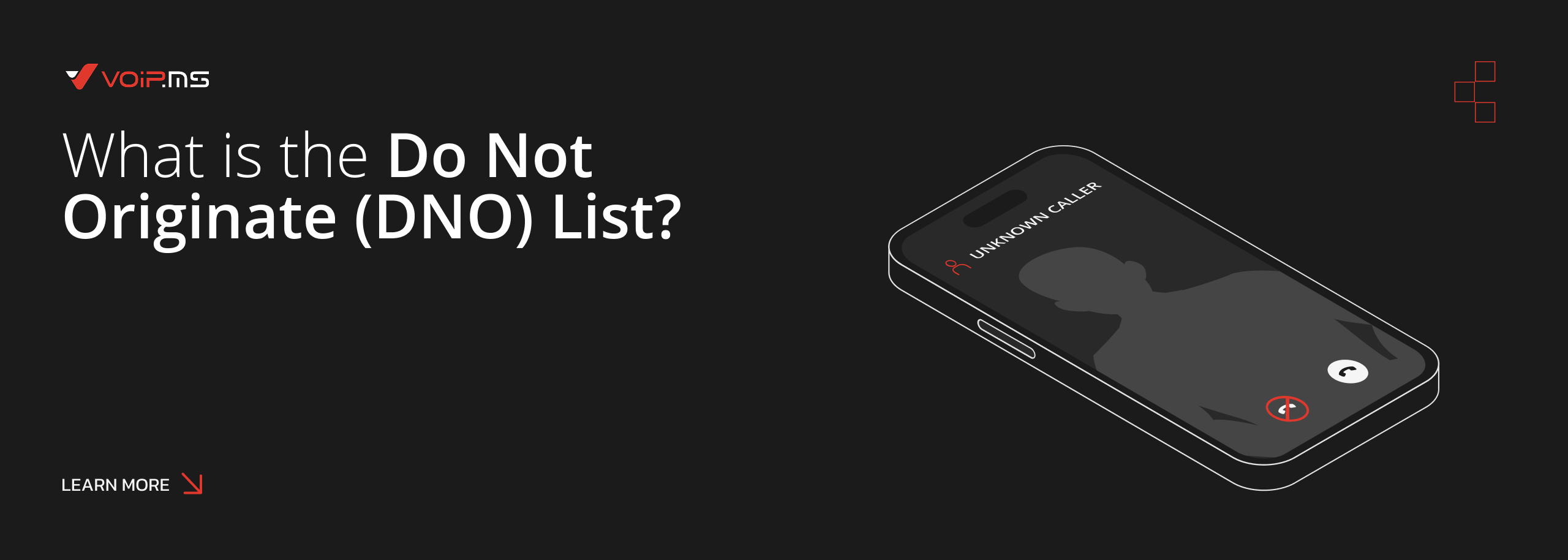Cold vs Warm Call Transfers
22 October 2019In order to serve your customer better and make them feel valued by your organization, businesses are in need to perform, small little things – yet valuable, that can help your business acquire new and retain existing clients. One of these small, yet valuable notification on behalf of the calling customer is the process of call transfer. Any business that requires regular usage of the phone, is bound to have a call transfer within the organization, in order to provide better service to their clients.
However, knowing the different types of call transfer and which one to employ a specific situation can be of utmost importance. It could even be the deciding factor when it comes to acquiring and retaining customers. In this article, we will see the different types of the call transfer process and the basic difference between cold or warm call transfers.
Cold Transfers
The cold transfer is an easy and quick alternative wherein no prior information or conversation takes place between call representatives. Also known as blind transfer, solely for the reason that one representative is tossing the call to another without knowing if the other person is available to take the call or not. Such type of call transfer can be pretty jarring for the person on the other end of the phone, customer. Getting bounced around by customer service representatives and having the need to announce yourself over and over again, can be extremely frustrating.
Thus, due to the blind transfer, customers have to repeat their issues all over again, every time. This can be aggravating and can lead to a disconnect. In some instances, it might be possible that the customer was waiting to hear a human voice and instead gets to the voicemail service because the call was transferred to the person away from the desk. The customer in such cases do not feel valued by your business and as a result of which, the business could end up losing a valuable client.
Warm Transfers
Warm transfers, on the other hand, involves the prior introduction of the client and their issue before the transfer is made. The customer service representative, to whom the call is going to be transferred knows any relevant information that might be useful in order to serve the customer better. The customer service representative places the call on hold, brings the appropriate personnel up to speed and then let the customer know that they are being transferred to someone else who is better suited to solve their problems.
In other words, warm transfers provide a more personal touch and make the customer feel more valued and welcomed. And in the event where the other representative is away from their desk, the first representative can let the customer know and ask if they would like to leave a voicemail rather than simply landing on an unattended desk. Warm transfers are more personable, friendlier and professional making your customer stick with the business and the services or goods that it provides.
Thus, warm call transfers are more suited for your business operations in order to make your clients more welcomed and valued by your organization. It may even result in higher customer acquisition and retention rates.
Share:
Back to Blog





